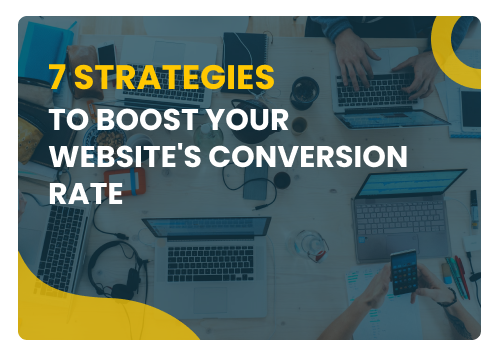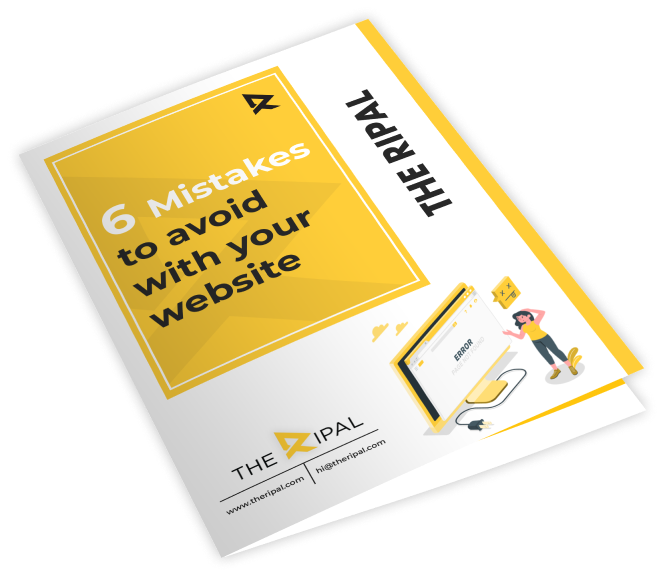

Having a visually appealing website is important, but it’s equally crucial for it to effectively convert visitors into leads and customers. To enhance your website’s conversion rate, consider implementing the following strategies:
Design matters
Ensure that your website’s design is clean, intuitive, and user-friendly. Aim for a minimalistic approach that facilitates easy navigation. Additionally, make sure your design is responsive and compatible with different devices. Align your design with your brand identity to maintain consistency and reinforce your brand image.
social proof is important
Utilize social proof to build trust and credibility among your audience. Incorporate testimonials, customer reviews, and media mentions on your website. Display this social proof prominently to provide immediate validation to visitors.
Implement live chat
Integrate a live chat feature on your website to offer real-time support and assistance. Instantly addressing visitors’ queries and concerns helps establish trust and humanizes your brand. While managing live chat requires dedicated resources, it can have a significant impact on conversion rates.
Utilize website analytics and software
Leverage web analytics tools like Google Analytics, Fathom, or Hotjar to gain insights into visitor behavior on your website. Analyzing this data enables you to identify what’s working well and what needs improvement, empowering you to make informed decisions.
Enhance page speed
Website loading speed plays a vital role in conversion rates. Aim to optimize your website’s performance, as studies show that visitors tend to abandon sites that take longer than three seconds to load. Techniques like image compression and utilizing a content delivery network (CDN) can help improve page speed.
Implement A/B testing
Utilize A/B testing or split testing to compare two versions of a web page and determine which one performs better. Experiment with different elements such as headlines, call-to-action (CTA) buttons, or color schemes. Tools like Google Optimize and VWO can assist you in conducting A/B tests effectively.
Minimize friction
Identify and eliminate any factors causing friction on your website that hinder the conversion process. Lengthy forms, complex navigation, or unclear instructions are examples of friction. Simplify the user journey and make it as seamless as possible, reducing obstacles and encouraging visitors to take desired actions.
These strategies provide a starting point for improving your website’s conversion rate. Remember that there is no one-size-fits-all solution, so monitor your results and adjust your approach accordingly.
Featured Posts
DOWNLOAD YOUR FREE GUIDE NOW
6 Mistakes to avoid with your website



